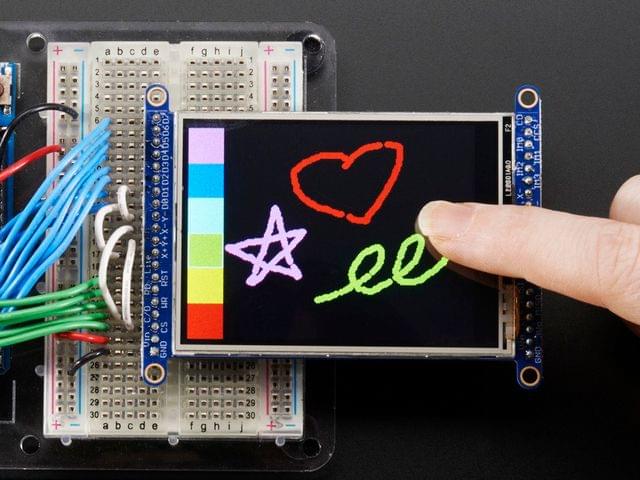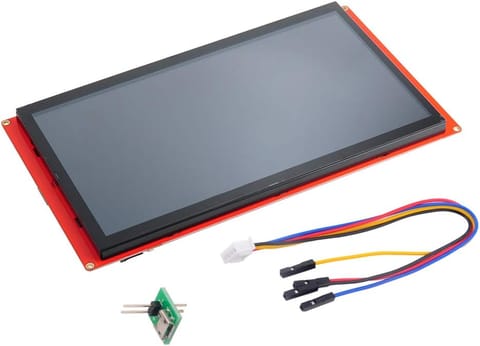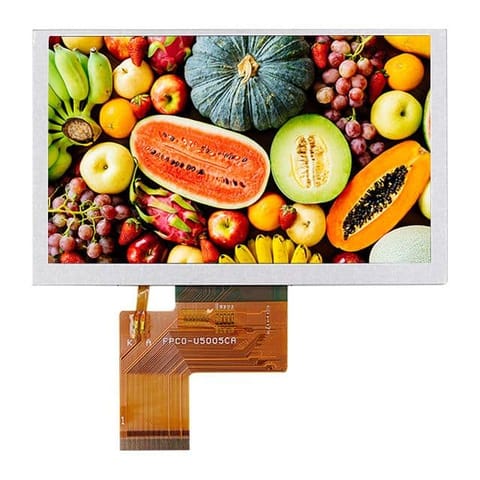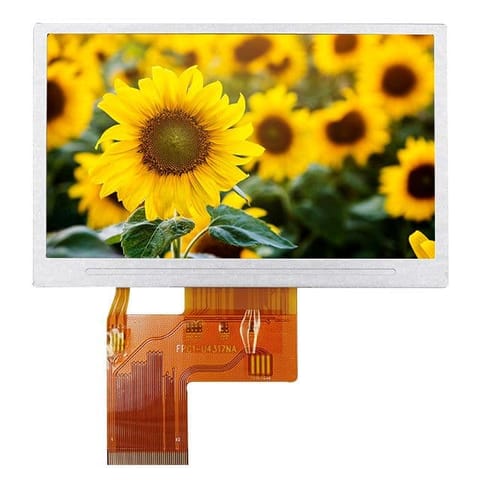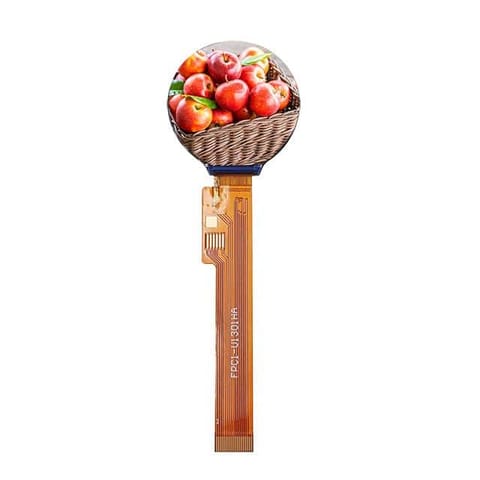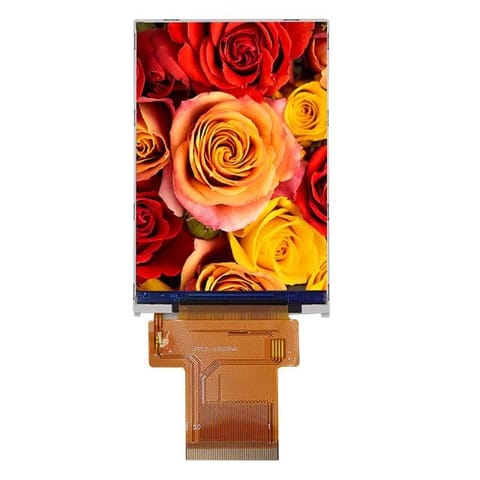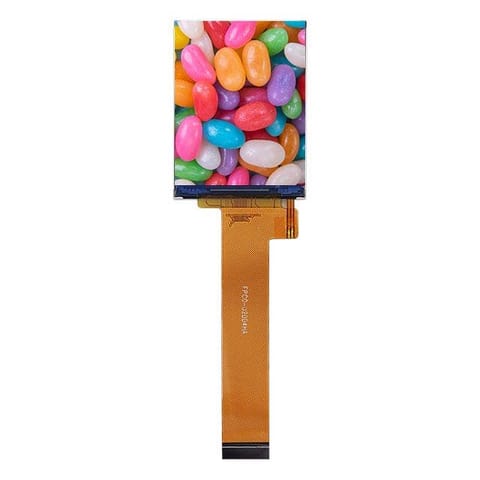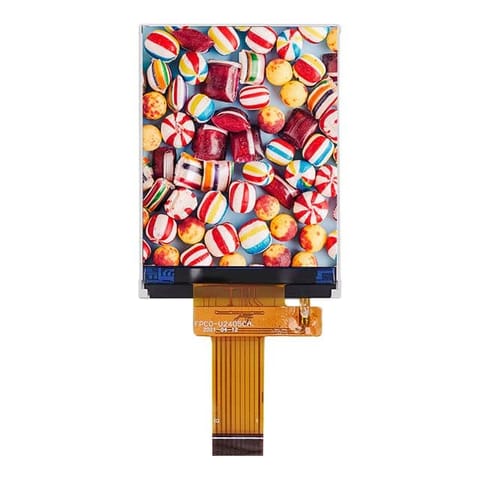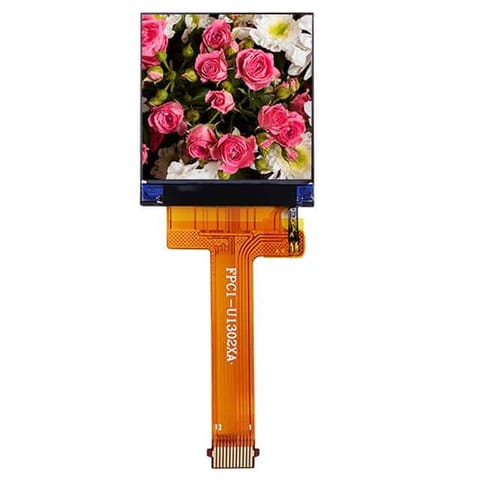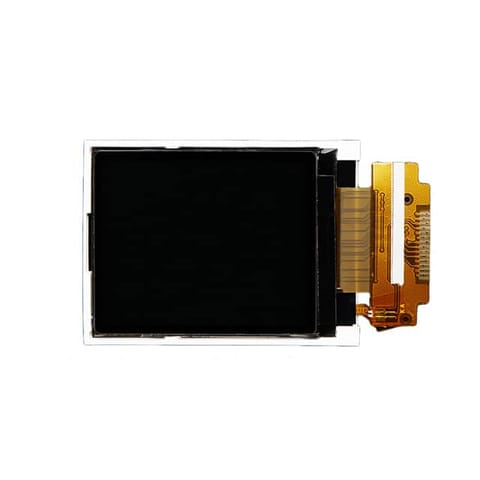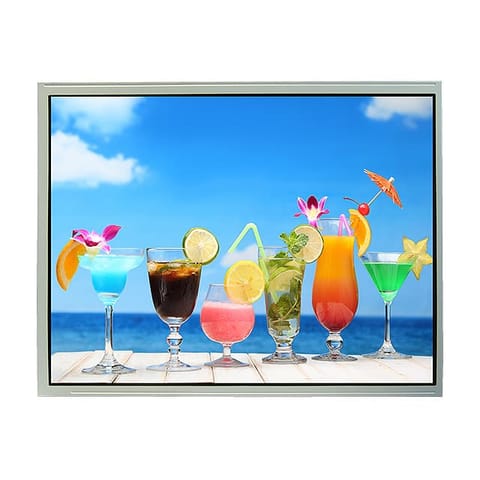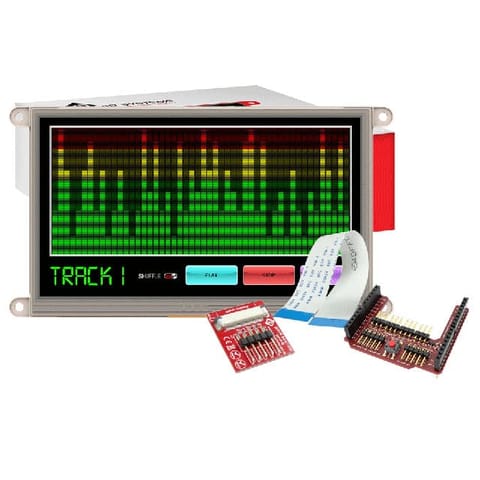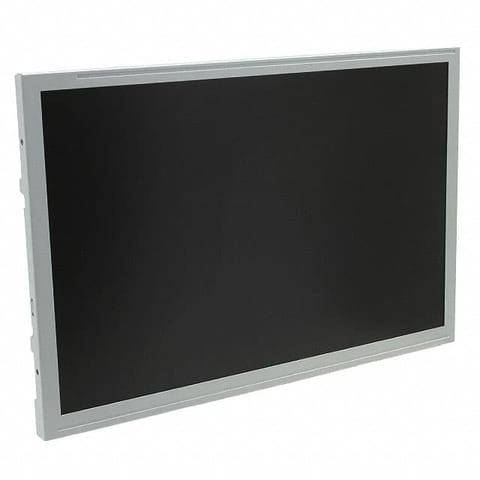-
TERMINALS
- TERMINALS
-
WIRELESS MODULES
- WIRELESS MODULES
-
DEVELOPMENT BOARDS & KITS
- DEVELOPMENT BOARDS & KITS
-
RF and Wireless
- RF and Wireless
-
SINGLE BOARD COMPUTER
- SINGLE BOARD COMPUTER
-
BREAKOUT BOARDS
- BREAKOUT BOARDS
-
LED
- LED
-
LCD & DISPLAYS
- LCD & DISPLAYS
-
TEST AND MEASUREMENT
- TEST AND MEASUREMENT
-
DEVELOPMENT BOARDS AND IC's
- DEVELOPMENT BOARDS AND IC's
-
CABLES/WIRES/FANS
- CABLES/WIRES/FANS
-
EMBEDDED COMPUTERS
- EMBEDDED COMPUTERS
-
INDUSTRAL AUTOMATION AND CONTROL
- INDUSTRAL AUTOMATION AND CONTROL
-
COMPUTER EQUIPMENT
- COMPUTER EQUIPMENT
-
CONNECTORS & INTERCONNECTS
- CONNECTORS & INTERCONNECTS
-
MOTORS/DRIVERS/ACTUATORS/MODULES
- MOTORS/DRIVERS/ACTUATORS/MODULES
-
MAKER/DIY EDUCATIONAL
- MAKER/DIY EDUCATIONAL
-
BASIC COMPONENTS
- BASIC COMPONENTS
-
TOOLS & ACCESSORIES
- TOOLS & ACCESSORIES
-
FPGA HARDWARE
- FPGA HARDWARE
-
ARTILA
- ARTILA
-
POWER SUPPLIES
- POWER SUPPLIES
-
ROBOTICS & AUTOMATION
- ROBOTICS & AUTOMATION
-
TRANSDUCERS
- TRANSDUCERS
-
MEMORY CARDS & MODULES
- MEMORY CARDS & MODULES
-
SOFTWARE
- SOFTWARE
DESCRIPTION
Add some jazz & pizazz to your project with a color touchscreen LCD. This TFT display is big (2.8" diagonal) bright (4 white-LED backlight) and colorful! 240x320 pixels with individual RGB pixel control, this has way more resolution than a black and white 128x64 display. As a bonus, this display has a resistive touchscreen attached to it already, so you can detect finger presses anywhere on the screen. We also have a version of this display breakout with a capacitive touchscreen.
This display has a controller built into it with RAM buffering, so that almost no work is done by the microcontroller. The display can be used in two modes: 8-bit and SPI. For 8-bit mode, you'll need 8 digital data lines and 4 or 5 digital control lines to read and write to the display (12 lines total). SPI mode requires only 5 pins total (SPI data in, data out, clock, select, and d/c) but is slower than 8-bit mode. In addition, 4 pins are required for the touch screen (2 digital, 2 analog) or you can purchase and use our resistive touchscreen controller (not included) to use I2C or SPI
We wrapped up this display into an easy-to-use breakout board, with SPI connections on one end and 8-bit on the other. Both are 3-5V compliant with high-speed level shifters so you can use with any microcontroller. If you're going with SPI mode, you can also take advantage of the onboard MicroSD card socket to display images. (microSD card not included, but any will work)
Of course, we wouldn't just leave you with a datasheet and a "good luck!". For 8-bit interface fans we've written a full open source graphics library that can draw pixels, lines, rectangles, circles, text, and more. For SPI users, we have a library as well, its separate from the 8-bit library since both versions are heavily optimized. We also have a touch screen library that detects x, y and z (pressure) and example code to demonstrate all of it.
Follow our step by step guide for wiring, code and drawing. You'll be running in 15 minutes
If you are using an Arduino-shaped microcontroller, check out our TFT shield version of this same display, with SPI control and a touch screen controller as well
TECHNICAL DETAILS
Specifications:
- 8 bit digital interface, plus 4 or 5 control lines (12 pins minimum) or SPI mode with 4 or 5 SPI data/control lines (4 pins minimum) - not including the touch screen.
- 5V compatible! Use with 3.3V or 5V logic such as an Arduino
- Onboard 3.3V @ 150mA LDO regulator
- 4 white LED backlight, transistor connected so you can PWM dim the backlight
- 1x20 headers for easy breadboarding
- 4-wire resistive touchscreen
- Thickness: 7.9mm / 0.3"
- Weight: 40g
EagleCAD PCB files, datasheets and Fritzing objects in the Adafruit Fritzing library
TT-AD-1770- Home
- LCD & DISPLAYS
- 2.8" TFT LCD with Touchscreen Breakout Board w/MicroSD Socket - ILI9341
2.8" TFT LCD with Touchscreen Breakout Board w/MicroSD Socket - ILI9341
SIZE GUIDE
- Shipping in 10-12 Working days
- http://cdn.storehippo.com/s/59c9e4669bd3e7c70c5f5e6c/ms.products/5b34a5ffb253cee704f99c8b/images/5b34a5ffb253cee704f99c8c/5b34a57c1d0dfae6ff6b8585/5b34a57c1d0dfae6ff6b8585.jpg
Description of product
DESCRIPTION
Add some jazz & pizazz to your project with a color touchscreen LCD. This TFT display is big (2.8" diagonal) bright (4 white-LED backlight) and colorful! 240x320 pixels with individual RGB pixel control, this has way more resolution than a black and white 128x64 display. As a bonus, this display has a resistive touchscreen attached to it already, so you can detect finger presses anywhere on the screen. We also have a version of this display breakout with a capacitive touchscreen.
This display has a controller built into it with RAM buffering, so that almost no work is done by the microcontroller. The display can be used in two modes: 8-bit and SPI. For 8-bit mode, you'll need 8 digital data lines and 4 or 5 digital control lines to read and write to the display (12 lines total). SPI mode requires only 5 pins total (SPI data in, data out, clock, select, and d/c) but is slower than 8-bit mode. In addition, 4 pins are required for the touch screen (2 digital, 2 analog) or you can purchase and use our resistive touchscreen controller (not included) to use I2C or SPI
We wrapped up this display into an easy-to-use breakout board, with SPI connections on one end and 8-bit on the other. Both are 3-5V compliant with high-speed level shifters so you can use with any microcontroller. If you're going with SPI mode, you can also take advantage of the onboard MicroSD card socket to display images. (microSD card not included, but any will work)
Of course, we wouldn't just leave you with a datasheet and a "good luck!". For 8-bit interface fans we've written a full open source graphics library that can draw pixels, lines, rectangles, circles, text, and more. For SPI users, we have a library as well, its separate from the 8-bit library since both versions are heavily optimized. We also have a touch screen library that detects x, y and z (pressure) and example code to demonstrate all of it.
Follow our step by step guide for wiring, code and drawing. You'll be running in 15 minutes
If you are using an Arduino-shaped microcontroller, check out our TFT shield version of this same display, with SPI control and a touch screen controller as well
TECHNICAL DETAILS
Specifications:
- 8 bit digital interface, plus 4 or 5 control lines (12 pins minimum) or SPI mode with 4 or 5 SPI data/control lines (4 pins minimum) - not including the touch screen.
- 5V compatible! Use with 3.3V or 5V logic such as an Arduino
- Onboard 3.3V @ 150mA LDO regulator
- 4 white LED backlight, transistor connected so you can PWM dim the backlight
- 1x20 headers for easy breadboarding
- 4-wire resistive touchscreen
- Thickness: 7.9mm / 0.3"
- Weight: 40g
EagleCAD PCB files, datasheets and Fritzing objects in the Adafruit Fritzing library
NEWSLETTER
Subscribe to get Email Updates!
Thanks for subscribe.
Your response has been recorded.
INFORMATION
ACCOUNT
ADDRESS
Tenet Technetronics# 2514/U, 7th 'A' Main Road, Opp. to BBMP Swimming Pool, Hampinagar, Vijayanagar 2nd Stage.
Bangalore
Karnataka - 560104
IN
Tenet Technetronics focuses on “Simplifying Technology for Life” and has been striving to deliver the same from the day of its inception since 2007. Founded by young set of graduates with guidance from ardent professionals and academicians the company focuses on delivering high quality products to its customers at the right cost considering the support and lifelong engagement with customers. “We don’t believe in a sell and forget model “and concentrate and building relationships with customers that accelerates, enhances as well as provides excellence in their next exciting project.


